

14th November 2010





Mechanical switches come in a variety of types. A glance through a catalogue will reveal many – but the principle for them all remains the same –
joining wires in a mechanical way by :
moving a slider or lever
using an electric coil to magnetise a contact
switching by electronic means using a voltage divider and sensor
joining wires in a mechanical way by :
moving a slider or lever
using an electric coil to magnetise a contact
switching by electronic means using a voltage divider and sensor

A simple switch can be a ‘push-button’ type.
This can ‘lock-on’ or it can be a ‘push-to-make’ or a ‘push-to-break’ action.
All of these actions give a DEFINITE – ON or OFF signal and they could therefore be called ‘digital’ switches. If there is some in-between state possible – as in a volume control of a radio – then the switch could be described as an analogue switch.
Switches like this can also be operated by a ‘toggle’
or slider action.
All of these actions give a DEFINITE – ON or OFF signal and they could therefore be called ‘digital’ switches. If there is some in-
Switches like this can also be operated by a ‘toggle’
or slider action.
Although the second three contact points can’t be seen on this small sketch they could be present alongside the set we can see. This would make this a DPDT switch. If the contacts we can see in the sketch were the only ones on the switch, then it would be of the SPDT type.
A supply wire joined to the centre of the switch shown here could be made to link to a part of the circuit connected to the left contact or a part
A supply wire joined to the centre of the switch shown here could be made to link to a part of the circuit connected to the left contact or a part
It is easy to see what a Double pole – Double throw (DPDT) would look like –
or a double pole – single throw. (DPST). Just be checking if there can be two ways or only one way for the contact to be made. These kinds can be in Push-to-make and push-to-break too.
or a double pole – single throw. (DPST). Just be checking if there can be two ways or only one way for the contact to be made. These kinds can be in Push-
If only one set of contacts is available on the back then the switch is said to be
Single Pole,
Single Throw - SPST
Single Pole,
Single Throw -

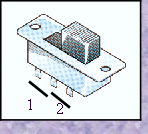
Two ways for the contact to be made .....
Centre to left or centre to right.
Centre to left or centre to right.
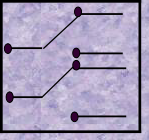
DPDT
As shown above
As shown above
Switch Circuit Symbols
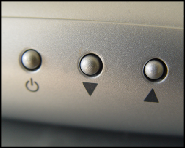
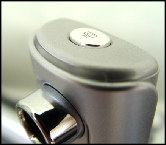
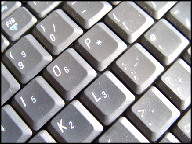
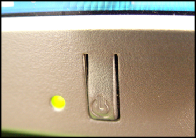
Think about theses switches -TV controls, webcamera, keyboard and monitor switch. What kinds of switches have been used for them ?
IWB Electronics Wordsearch
Download Wordsearch
